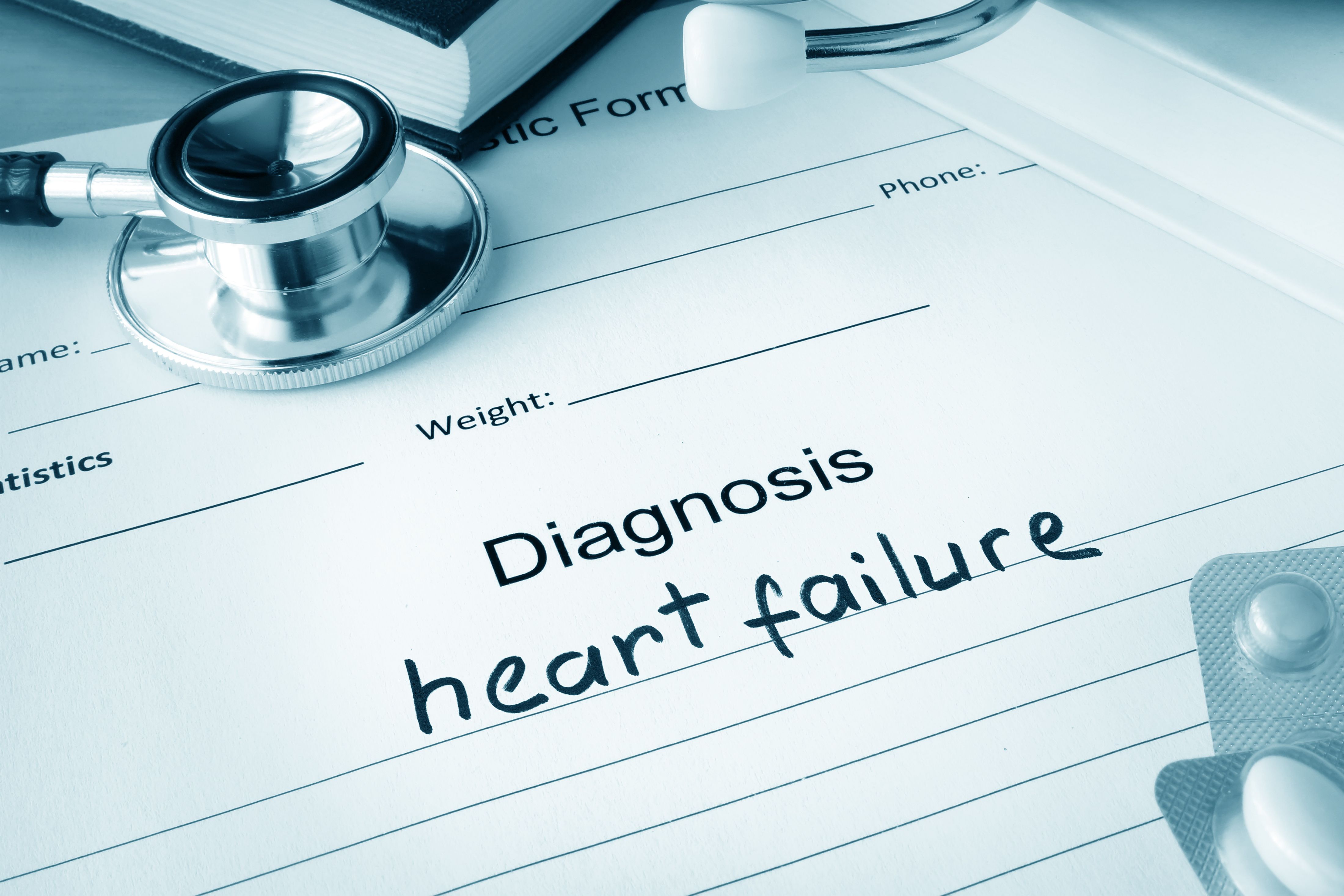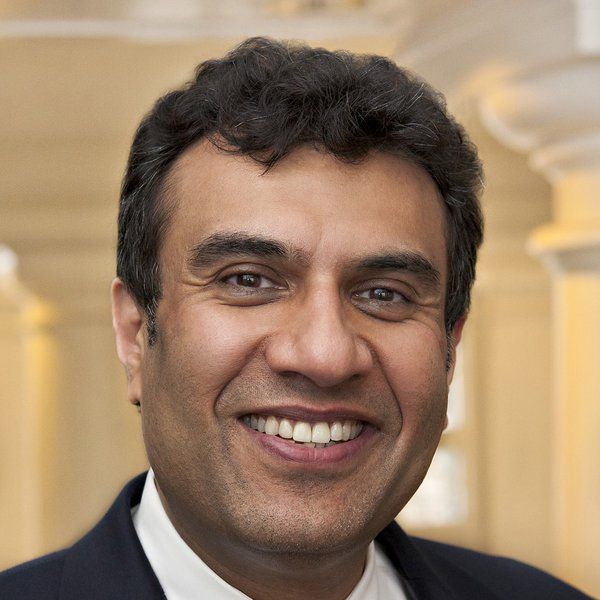Video
Optimizing Quadruple Therapy in Heart Failure
Author(s):
Drs James Januzzi, Javed Butler, Robert J. Mentz, and Muthiah Vaduganathan share approaches to sequencing quadruple therapy in heart failure to the individual patient, as well as optimizing therapy early in the hospitalization stage.
James Januzzi, MD: I'm going to do a quick round-robin here because there's no cookbook for how to do this. I'll start with Muthiah because guidelines don't really provide us any guidance with respect to how to use these drugs. Guidelines tell you why, but they don't tell you how. What's your general approach for initiation? Say, sequencing? We won't talk about titration just yet, but do you start one and really build it up, or do you go in a different way?
Muthiah Vaduganathan, MD, MPH: It's a great question and I think it's a really unanswered question, but that said, I think what we can all agree on is that rapid initiation of those 4 foundational drug therapies is really essential as a stepping stone to then further optimization down the line. That's the guiding principle that I use in my own practice of trying to get patients on those 4 building blocks, even at low doses to start with, and then focusing downstream on up-titration. In terms of which therapies to start, first, in terms of the sequence, it is a bit patient-specific. I use a lot of clinical factors and hemodynamic measures, electrolytes, kidney function, to guide me to understand what patients may better tolerate upfront and then down the line, initiate therapies that may be more borderline. That way I can isolate those therapies, know that that therapy might have been the one that was problematic in perturbing their system.
James Januzzi, MD: That's great. Rob, anything to add to that?
Robert J. Mentz, MD: I agree fully. I think this was really nicely stated, and maybe I can just quickly use the example you gave. A patient comes into your clinic, they're on an ACE [angiotensin-converting enzyme] inhibitor and a beta blocker, we need to get them on quad therapy. Let's do it efficiently. So, you stop the ACE inhibitor and that you’ve got to let that wash out before you start your ARNI [angiotensin receptor neprilysin inhibitor]. Then you'll make sure that they're on ARNI and beta-blocker pretty quickly. You can get that SGLT2 inhibitor on that same clinic day. Monitor those labs closely. But Muthiah's point is so important. This isn't waiting months and years. We need within days and weeks to make sure we're getting on SGLT2 inhibitor and MRIs [magnetic resonance imaging].
James Januzzi, MD: Javed, how about you? Anything to add or change?
Javed Butler, MD, MPH, MBA: A few points. If you think about it conceptually, we discussed earlier how patients with ACS [acute coronary syndrome] have a comparable or better prognosis than heart failure patients. Look what we do when somebody comes in with myocardial infarction. We start 6 classes of drugs during the hospitalization in 3, 4 days, dual antiplatelet therapy, statin, ACE, beta blocker, and MRI. In heart failure, it takes months and even then we may not get there. Sequencing is a historical construct, not a biological construct. It's history that something was developed in the 80s and 90s or whatnot. But biologically, there's no rationale that you have to prime the heart with this medication first and then that medication. The bottom line is, based on the patient sitting in front of you, their blood pressure, congestion, creatinine, potassium, whatever the considerations are, doesn't matter where you start with, just get to all the 4 therapies as soon as you can.
James Januzzi, MD: That's great. The analogy that I've heard increasingly in the heart failure world is when a person is diagnosed with non–small cell lung cancer, we don't start a checkpoint inhibitor and then 2 weeks later start cisplatin.
Javed Butler, MD, MPH, MBA: Checkpoint inhibitor at low doses in this case.
James Januzzi, MD: At low doses and maybe in quotes, "consider."
Javed Butler, MD, MPH, MBA: And see the response. You know what I mean?
James Januzzi, MD: Exactly. It's in analogy to the data that Dr Vaduganathan has shown us. The mortality of many patients with heart failure exceeds that of many forms of cancer. And yet we have taken this slow walk approach. I've learned something from you, Javed, in our work on the American College of Cardiology Expert Consensus Decision Pathway document on heart failure with reduced ejection fraction, which we are updating now for the second time, actually. We're continuing to keep it contemporary, which is a little bit of everything is better than a lot of one thing because again, 4 pills, 5 pathways, 6 years of survival, critically important. And yet we are doing a lousy job nationally and internationally on implementation. Rob, tell us your thoughts about whether there are opportunities to improve implementation of our therapies. It seems to me that there are certain circumstances where we have opportunities, for example, the hospitalized patients. What do you think about that?
Robert J. Mentz, MD: This is a really key message for our clinicians to think through, is that when a patient's coming into the hospital with worsening heart failure volume overload, really quickly, we need to decongest them with diuretics. We look at what background therapies they're on, and say they're coming in on an ACE inhibitor, we can transition that to an ARB [angiotensin receptor blockers] if needed, with a plan to get to an ARNI really quickly after that washout period. We look at their therapies and we start them within days. If, on average, you have 5 days in the hospital, we want to have all of our patients on quad therapy before they're going out the door. I would underscore that this is a key message to give our patients the greatest likelihood of improved outcomes long term. It's getting on all 4 therapies in the hospital and titrating to the doses as we safely can.
Transcript edited for clarity




